
BOTETI
My thirstland safari in Botswana


Shortly after arriving at camp, I was relishing a moment of pure bliss, washing off the heat and the dust under the best outdoor shower ever. From cold, foggy Cape Town to sunny Botswana. Filled with a sense of freedom and oneness with nature, I thought, “Can life get any better than this?”
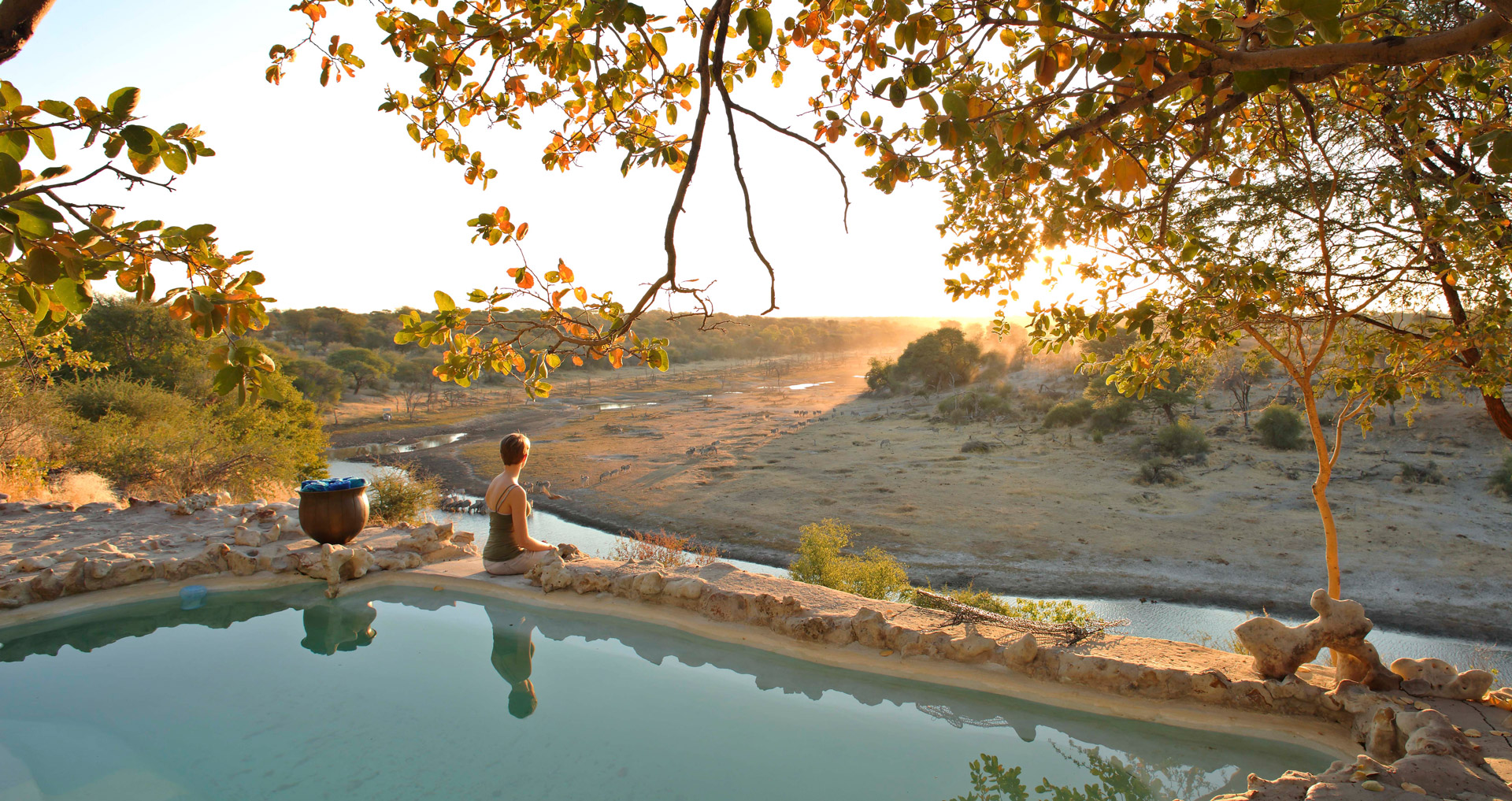
I think that a genie was tapped into my musings because a few seconds later loud sounds of splashing water interrupted the stillness. I quickly grabbed a towel and my camera and rushed out of the tent. And right there below me, a bull elephant was quenching his thirst in the Boteti River.
As I was admiring the graceful movements of this gentle giant, the realisation struck me of what an incredible privilege it is to enjoy such a special sighting from the veranda of my private luxurious tent. This was my introduction to this rustic camp called Meno a Kwena.
We now live in the selfie era, where the ultimate safari experience is determined by how close one can get to wildlife, to snap the perfect shot and post on social media. But isn’t the true essence of wildlife viewing being able to observe from a distance the animals behaving normally?
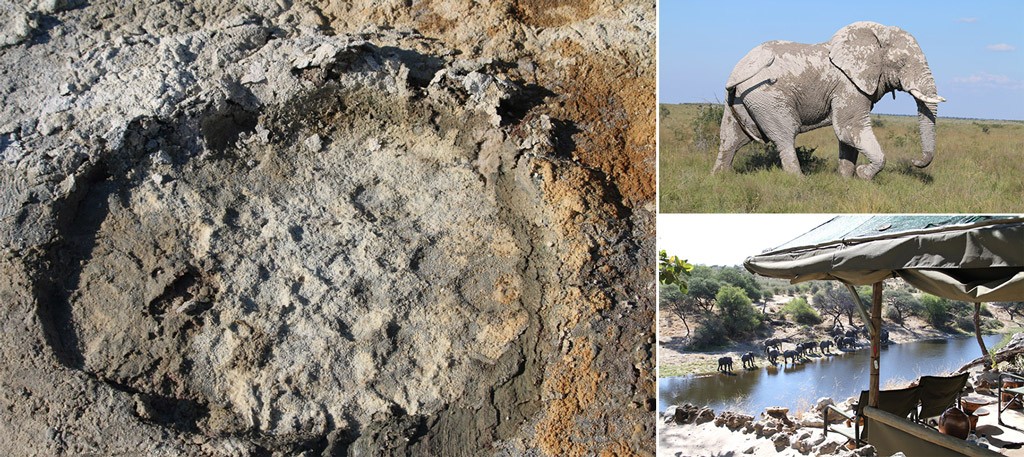
Later, while I was sipping on a glass of ice-cold white wine, and munching on delicious veggie samosas, camp manager Justin Everingham told me the story of the camp.
In years gone by this area was frequented by legendary explorers and crocodile hunters. Later it became a mobile safari hotspot and eventually, in 2003, the foundations of this rustic camp were laid.
This is one of the few camps in the mostly flat Botswana that is perched on the edge of a rocky clifftop, providing amazing panoramic views of the river and wildlife below.
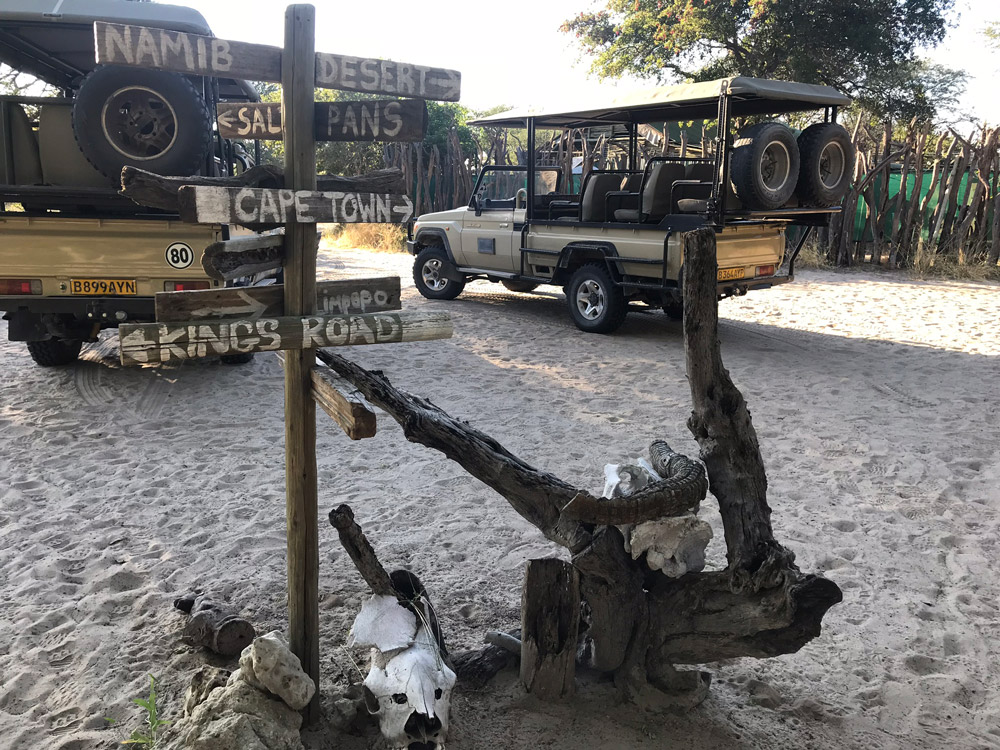

“The [Okavango] delta is a unique oasis and a paradise, but you don’t get this view. To be up here, elevated, and to be able to look over across the Boteti River that has so many stories to tell, is a privilege,” said Justin.
He went on, saying that “there’s a spirit, a soul and an incredible atmosphere here. It’s the perfect way to get in touch with what the bush is all about – it’s about respecting nature from afar”.
He was echoing my earlier ponderings.
If you are looking for designer luxury, move on because this camp will not meet your needs. Instead, Meno a Kwena represents the authentic bush camp experience.
“The bushveld does not define by class; it’s not posh and prestigious. Raw, authentic beauty is often overshadowed by overt luxury – it loses its true essence,” said Justin.

The essence of this place is to quietly observe the comings and goings of wildlife to the river below from your front-row seat – this is the “The Boteti River private show”.
You won’t get a personal butler or chef, but I can promise you that a bunch of naughty vervet monkeys might try to open your tent to check if you need anything early in the morning.
The beds are dangerously comfortable – you might be tempted to stay underneath the warm blankets and miss the early game drive. Luckily, I didn’t. But even if you do, there is plenty to do in camp.
After a delicious breakfast cooked on the fire, you can wander down to the floating hide to spy on the continuous wildlife parade, or relax in the pool with a view, or grab a great read from the library in camp.

On one such quiet morning, I enjoyed exploring all the small details in camp, such as the old maps, photos, periodic decorations, and all the crocodile statues. I also took time to park off at the fire and get to know all the international guests and the friendly staff, hear their unique stories, and sip on the delightful beverages that flow so freely.
The camp is fantastic for children as well – it’s the perfect fortress or a spaceship where the little explorers can get to know Africa better. One evening I overheard a conversation between a Californian couple who came to Meno a Kwena with their seven-year-old twins. The kids loved the place so much that one day they will return to start a mokoro business.
My favourite aspect of camp is the staff – incredibly warm-hearted people with a true passion for wildlife and nature. My guides Kgabisi Bojosi and Mpaphi Dikaelo impressed me with their knowledge, but also made me feel as if I have known them for ages. The Tswana are known for their remarkable hospitality, but at Meno a Kwena one feels part of the family. Most of the camp team come from Moreomato, a nearby village, and they know this land like the back of their hands.

THE BOTETI RIVER
This camp would not be the same without the mysterious Boteti River, which is a magnet for wildlife in this otherwise desolate salt pan ecosystem. The river starts its journey as an offshoot of the Thamalakane River that passes through the town of Maun, en route from the Okavango Delta to its journey end at Ntwetwe Pan – part of the greater Makgadikgadi Pans system.
During a soothing boat safari on the river, Mpaphi explained that the name Boteti means “something mixed”, because of the ethnic diversity of the people living here.
Once, the Boteti was a life-giving force that provided a significant volume of water into the pans. The flow used to fill the Mopipi Dam, which is vital for a few diamond mines in the region and supplied the major grain-producing area around Sukwane with fresh water. And of course, the wildlife benefited from the fresh water.

Between 1993 and 1995, the river started drying up – probably due to tectonic movements that deviated the annual Angolan floodwaters that feed the Okavango Delta (a 20-year cycle that researchers are still trying to understand). As a consequence, wildlife populations declined significantly. The management of Meno a Kwena started to pump water so that wildlife could at least survive the prolonged drought. Elephants, impalas and kudus were rubbing shoulders in the scrum for water, and large numbers of zebras died.
Human-wildlife conflict also escalated (read more about the human-wildlife conflict in the area here). Then, in 2008, the river suddenly started flowing again, and there were celebrations all around.

THE ZEBRA MIGRATION
The Boteti River also plays a crucial role in one of Botswana’s best kept secrets, the zebra migration – the longest land migration in the world. From April through to October / November – the dry season – this river is the only source of water in the region, providing an excellent stop for the migrating herds. The scale of the procession, and the optical illusions cast by so many moving stripes, can leave guests breathless. The camp name, Meno A Kwena, means “the teeth of the crocodile” – a possible reference to crocodiles snapping their teeth at the countless number of herbivores crossing the river at this point.
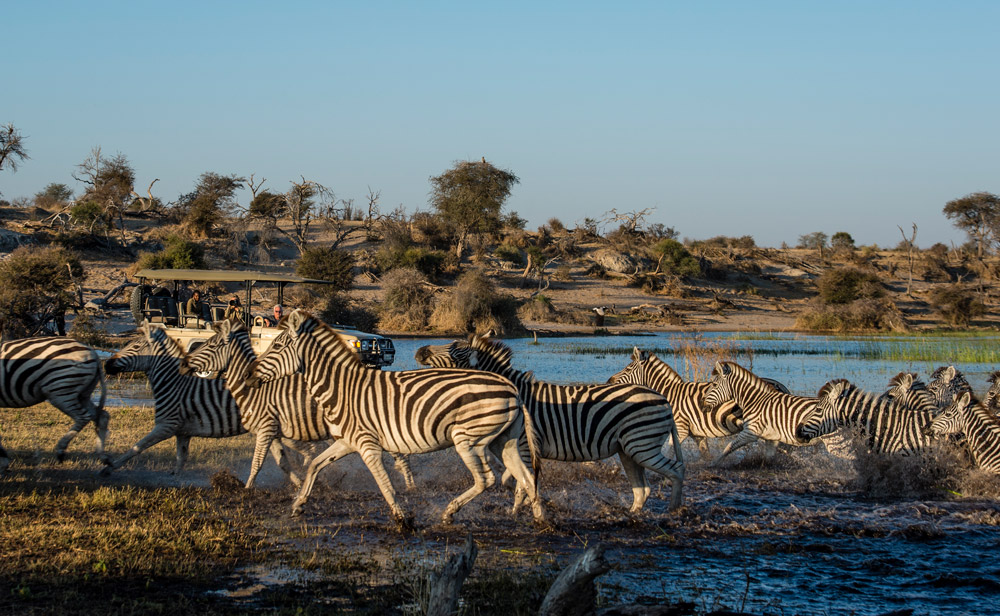
THE PANS
One morning we embarked on a game drive to the Nxai Pans, which makes up part of the great Makgadikgadi landscape. Signs of lion spoor got my heart racing, particularly because a few of the guests had seen a large pride the previous day, but sadly for me, we did not see any of the big cats. We did, however, encounter giraffes, elephants, zebras, kudus, oryx, a variety of antelope, hippos and both black-backed and sided-striped jackals.
I have always wanted to improve my birding skills, and this was my chance. I made a list to show off to my colleagues once back in the office. It included kori bustards, red-billed buffalo weavers, long-tailed paradise whydahs, ostriches, secretary birds, southern yellow-billed hornbill, capped wheatears, lappet-faced vultures, lilac-breasted rollers and pale chanting goshawks!
We barely saw any other humans during our 12-hour-safari in the pans, and I felt like this wilderness belonged to me.
The Makgadikgadi Pans landscape is the world’s most extensive salt pan landscape. It covers an area of over 30,000 km² and is technically not a single pan, but consists of many pans – the largest of which are Sua, Nwetwe and Nxai pans. The Makgadikgadi Pans were once part of the old Makgadikgadi lake bed – an ancient lake that is believed to have covered as much as 80,000 km², and started drying up almost 10,000 years ago, leaving huge salt-encrusted pans behind.
The Makgadikgadi Pans National Park incorporates the western end of Ntwetwe. At its northern boundary, it meets the Nxai Pan National Park, separated only by the Nata-Maun Road.
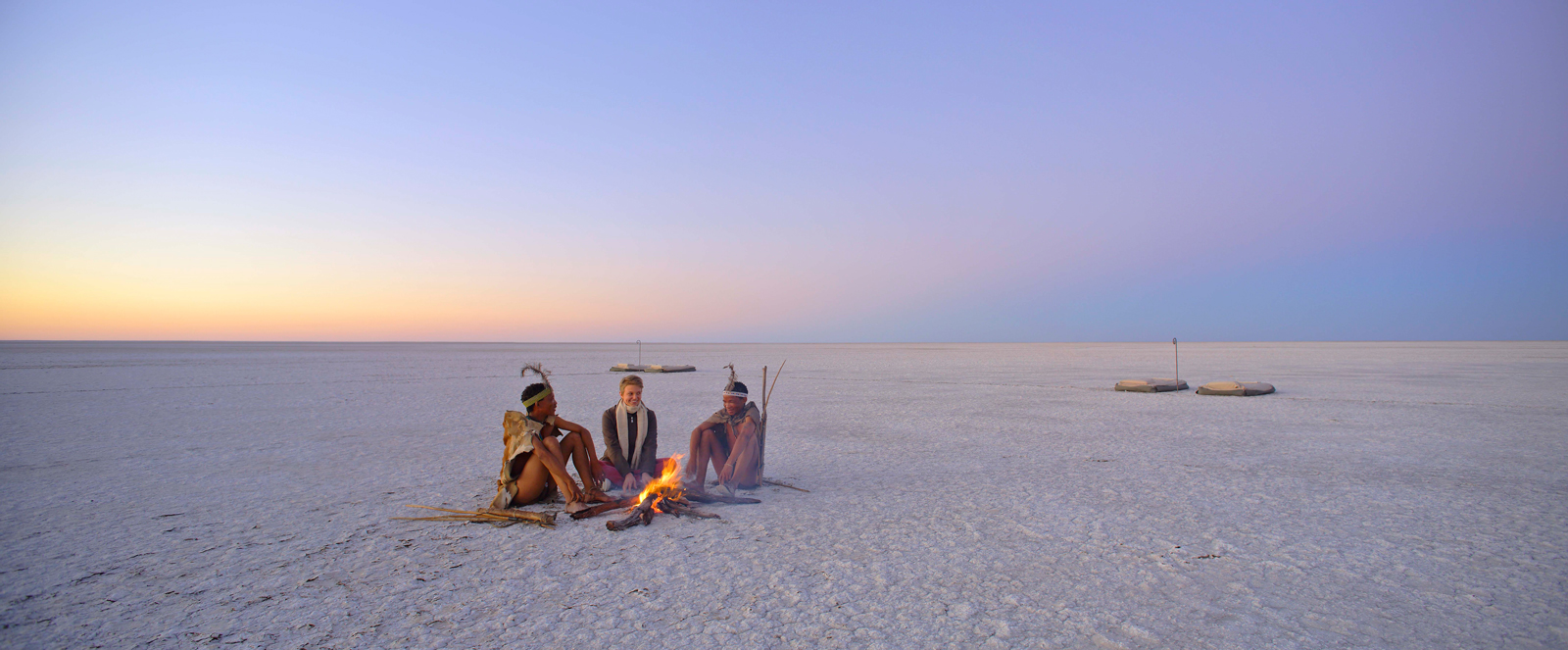
Some camps, such as Meno a Kwena, will take you camping on the pans at night, once the pans have dried up after the rains – an exceptional experience. The flat, moon-like surface of the pans is like one giant space auditorium, a natural observatory.
Another out-of-this-world experience in the pans is to venture out to Baines’ Baobabs or Kubu Island, home to gigantic baobab trees that loom over the flat landscape. I am a passionate tree-hugger and to be around these millennia-old baobab trees was a moment filled with awe.
This was a spiritual journey for me – it is believed that these trees assist with important decision-making. So if you have any life dilemmas, this is the place to be.
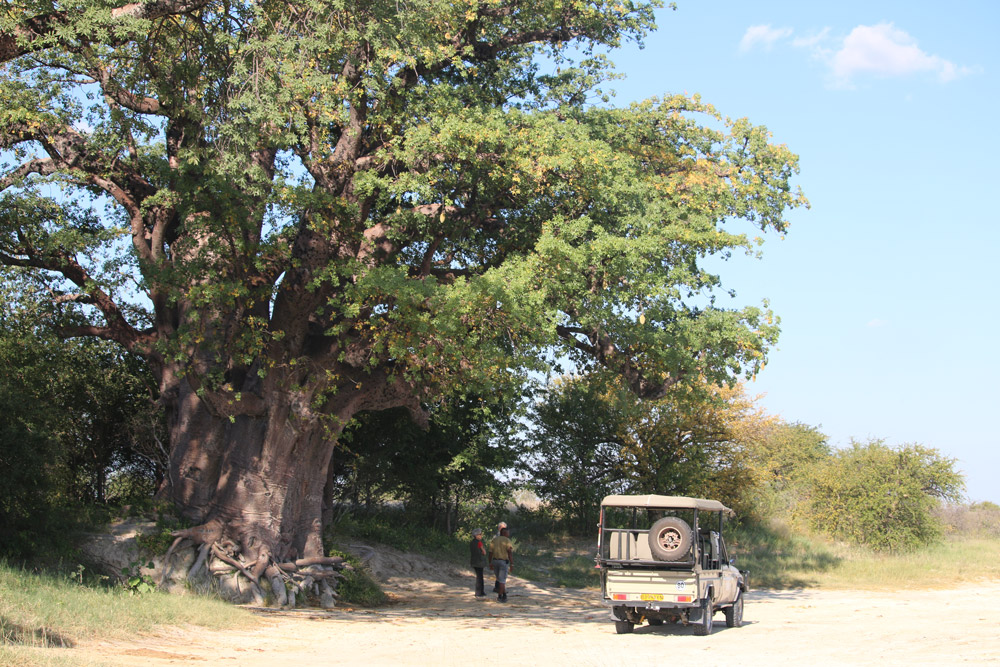
WALKING WITH KHOISAN PEOPLE
I was eight years old when I discovered my passion for Africa, and by my teenage years, I was immersed in the rich culture and history of the continent. I was the weird cat in my home town school in Bulgaria – always talking about African tribes and rituals. And so the chance to rub shoulders with the Khoisan people was a dream come true.
I was beside myself when told by camp managers Tutalife and Matilda that I was to get ready for a walk with Khoisan people. And there they were – proud, humble people, with warm, genuine eyes. I sat as close as possible to them, absorbing every click, every gesture, every facial expression and every mimic. I felt profound and deep respect and connection with them from the get-go.
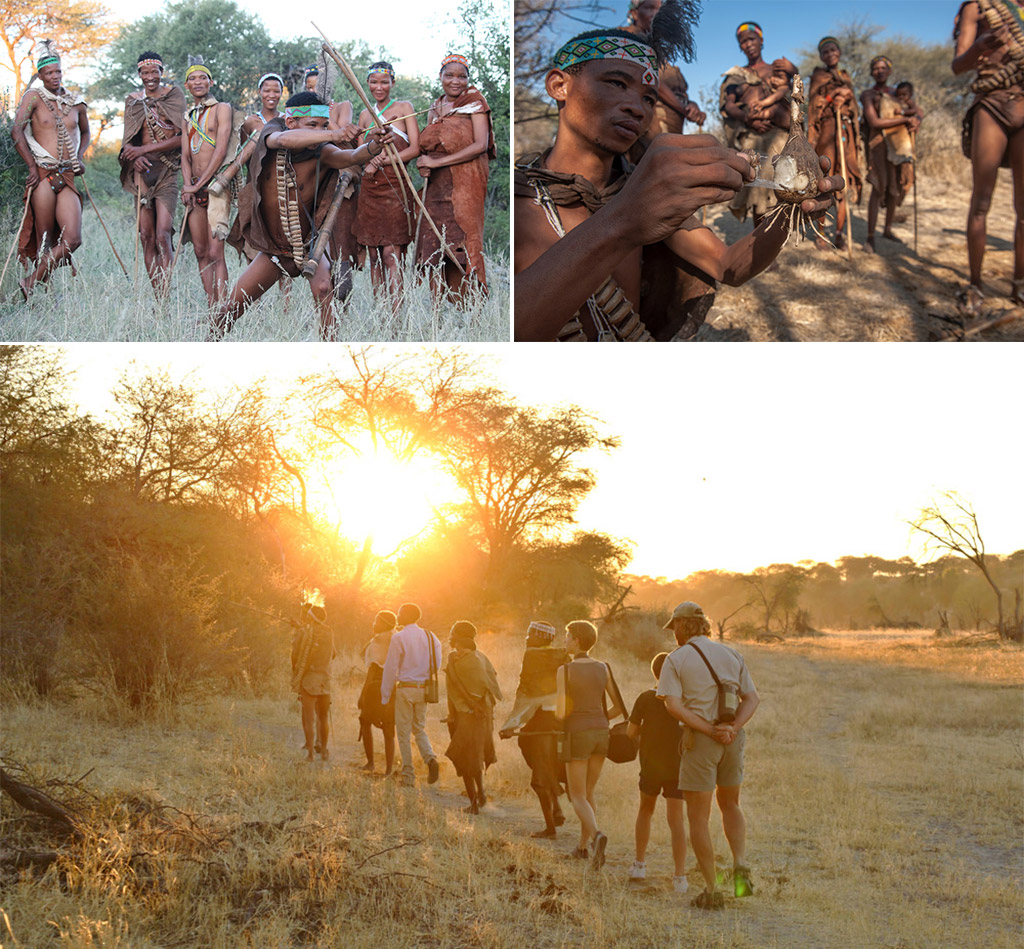
As they all gathered around the fire, dancing and singing, I sensed a deep longing in my heart. It felt like an endless wanderer who has finally come home. For a brief moment, while joining them in this ancient dance, I remembered something I had long forgotten.
We all kissed hands and said goodbye…
On the last night of this memorable journey, I was gazing at the stars, standing on this incredibly special piece of land that protects so many natural and cultural gems, whispering only one thing: “Thank you!”
ABOUT Meno a Kwena
For camps & lodges at the best prices and our famous ready-made safari packages, log into our app. If you do not yet have our app see the instructions below this story.
Meno a Kwena is a simple-but-stylish explorer-styled tented bush camp perched on a rocky clifftop above the Boteti River in Botswana, bordering the Makgadikgadi Pans National Park. This elevated position allows for excellent wildlife viewing from your private verandah, as thirsty wildlife slakes its thirst at the river below. Meno a Kwena is a 90-minute drive from Maun, making it a good option for groups and families looking for that bush break.
Accommodation
Meno a Kwena is not about private butlers and air conditioning – it’s about making a genuine connection with nature and creating safari memories.
The canvas lounge and dining tents are decorated with old-world artefacts, books and trinkets – and a seemingly bizarre sculpted crocodile. The communal area includes a rocky swimming pool – perfect for cooling off as you watch the animals doing the same below you. Accommodation consists of nine classic tents, perched on a 100-foot high clifftop overlooking the Boteti river – and offering excellent ‘armchair’ game viewing. Furnishings merge classic safari with locally-woven fabrics and colonial-style furniture – simple fittings brightened by snippets of colour. All tents have fully-equipped en suite bathrooms, and there are two new family units, both with inter-leading tents, perfect for the kids.
Activities
Meno a Kwena offers game drives in the Makgadikgadi Pans National Park, complete with bush picnics and chilled drinks. Also on offer are cultural safaris and walks with the resident Bushmen, a cruise along the Boteti River by boat (water levels permitting), sleep out under the stars in the heart of the Makgadikgadi Pans and viewing the wildlife at the river at eye-level from the floating game-viewing hide.
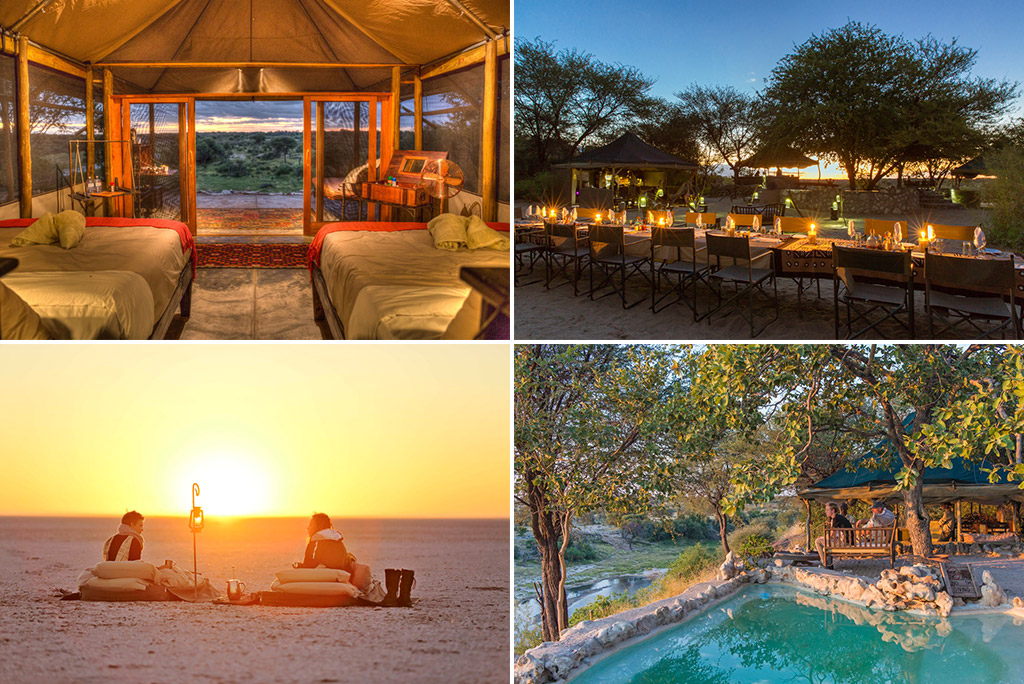
ABOUT THE AUTHOR, Ayo Gospodinova
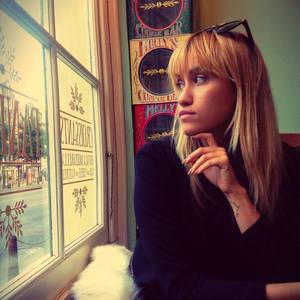 I am a traveller in time and space with a passion for Africa, wildlife and adventure! I was born and raised in Bulgaria, but my heart is moulded in the shape of the African continent. I came to Cape Town after I graduated with my Masters Degree in Journalism in the Netherlands and ever since day one I have been in love with the Mother City.
I am a traveller in time and space with a passion for Africa, wildlife and adventure! I was born and raised in Bulgaria, but my heart is moulded in the shape of the African continent. I came to Cape Town after I graduated with my Masters Degree in Journalism in the Netherlands and ever since day one I have been in love with the Mother City.
To comment on this story: Login (or sign up) to our app here - it's a troll-free safe place 🙂.![]()






